24.15 zł Pierwotna cena wynosiła: 24.15 zł.5.25 złAktualna cena wynosi: 5.25 zł.
Zamówienie wyślemy do 00 00 00
| Autor | |
|---|---|
| ISBN | |
| Rok wydania | |
| Liczba stron | |
| Format | |
| Cena katalogowa |
Podręcznik do przedmiotu metodyka nauczania języków obcych dla studentów filologii angielskiej oraz nauczycieli. CONTENTS: Introduction PART ONE Chapter one Aims and Objectives of Foreign Language Teaching 1.0. Terminology 1.1. What changes the teachers must bring about in their learners? Chapter two A Survey of Foreign Language Teaching Approaches and Methods 2.0. Approach, method, and technique 2.1. The Grammar-Translation Method 2.2. The Direct Method 2.3. The Oral Approach and Situational Language Teaching 2.4. The Audiolingual Method 2.5. Communicative Language Teaching 2.6. Total Physical response (TPR) 2.7. The Silent Way 2.8. The Natural Approach 2.9. Suggestopedia 2.10. Conclusion Chapter three Language Teaching and Some Developments in Linguistics 3.1. Background 3.2. Three approaches Chapter four Culture in Language Teaching 4.1. Background 4.2. Cultural goals 4.3. The content of culture teaching 4.4. Techniques of culture teaching Chapter five Literature in Language Teaching 5.1. Background 5.2. The selection of literature 5.3. The presentation of literature 5.4. Diversification of procedures 5.5. Maintaining interest and involvement 5.6. Supplementing the printed material 5.7. Activating the resources of knowledge and experience 5.8. Helping students to acquire confidence 5.9. Using the target language 5.10. Integrating language and literature Chapter six Language Testing 6.1. Background 6.2. Testing language skills and language knowledge 6.3. The purposes of testing 6.4. The construction of tests 6.5. Test items 6.6. Cloze Tests 6.7. Test Evaluation Chapter seven Curriculum and Syllabus Design 7.0. Curriculum or syllabus? 7.1. Language teaching syllabuses 7.2. Curriculum development 7.3. A functionally based syllabus Chapter eight Classroom Management and Teacher-Student Interaction 8.1. Preparing lesson plans 8.2. Problem-solving, dramatisation and role-playing 8.3. Opportunities for student participation Chapter nine Textbook Design and Evaluation 9.1. Textbook design 9.2. Textbook evaluation Chapter ten Computer Assisted Instruction (CAI) and Computer Assisted Language Learning (CALL) 10.0. Background 10.1. Computers in the language classroom 10.2. Computer assisted language learning 10.3. Advantages of CALL 10.4. Limitations of CALL PART TWO Chapter eleven Language Resources 11.1. Teaching Sounds 11.2. Teaching Grammar 11.3. Teaching Vocabulary Chapter twelve Language Skills 12.1. The Listening Skill 12.2. The Speaking Skill 12.3. The Reading Skill12.4. The Writing Skill

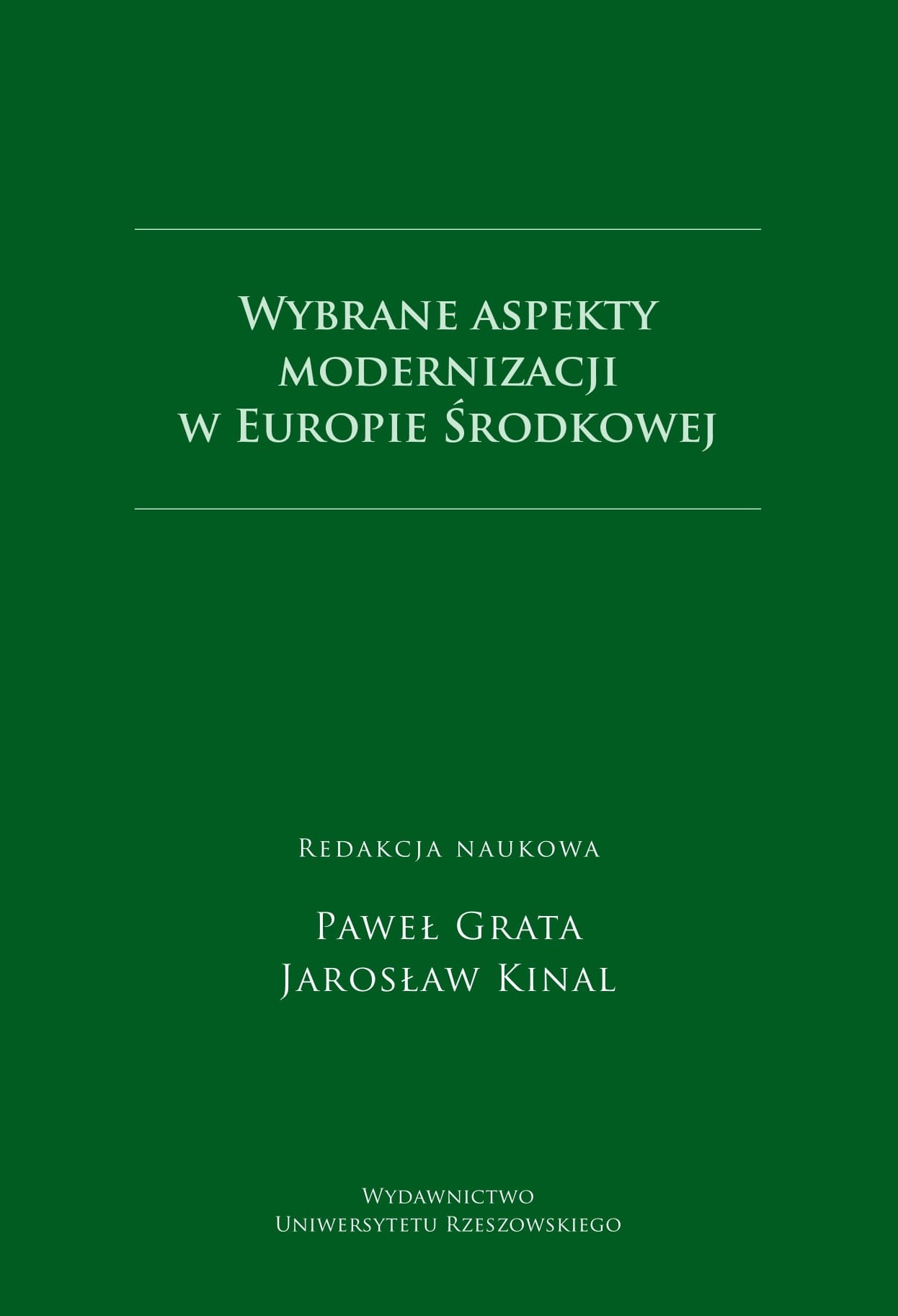


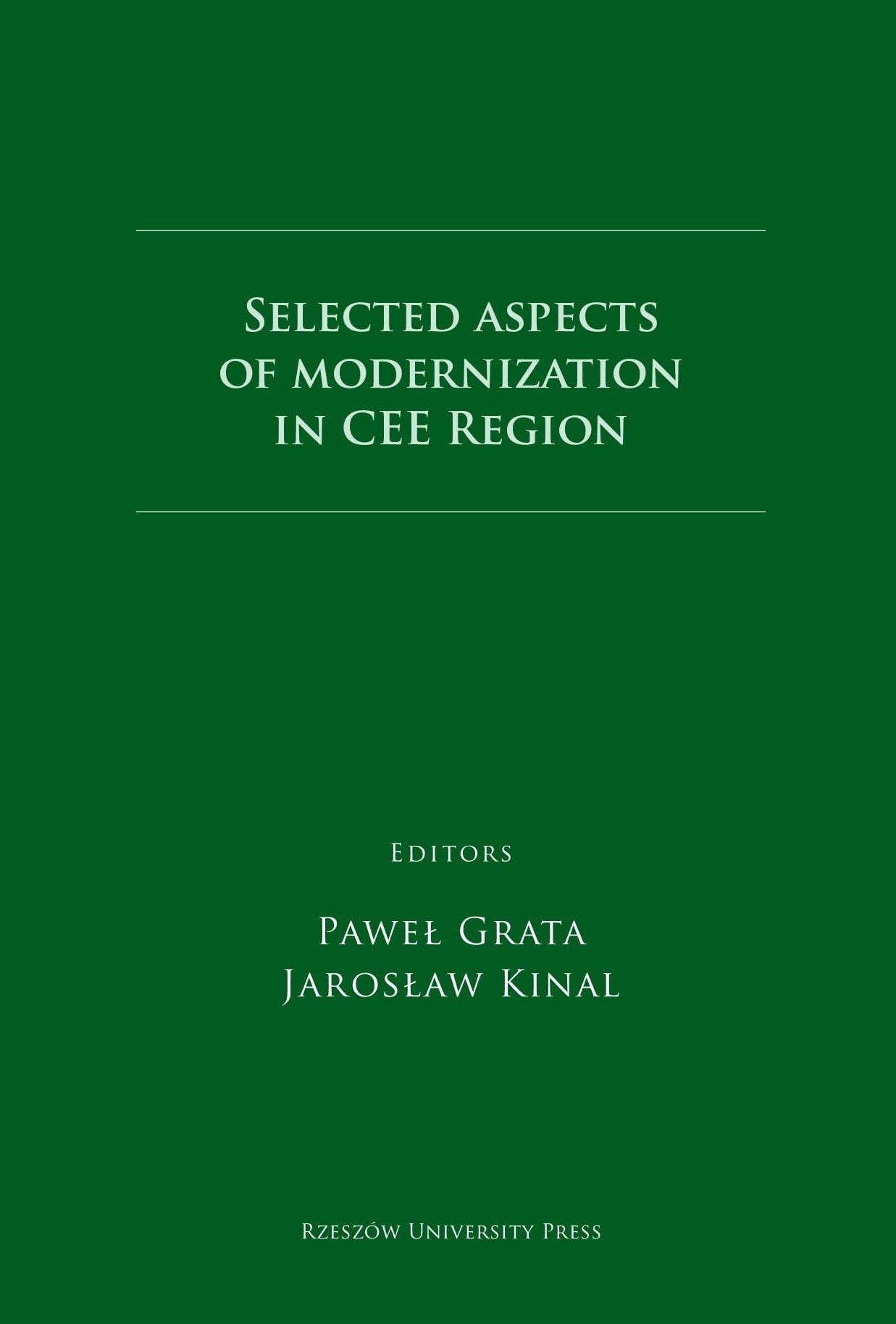
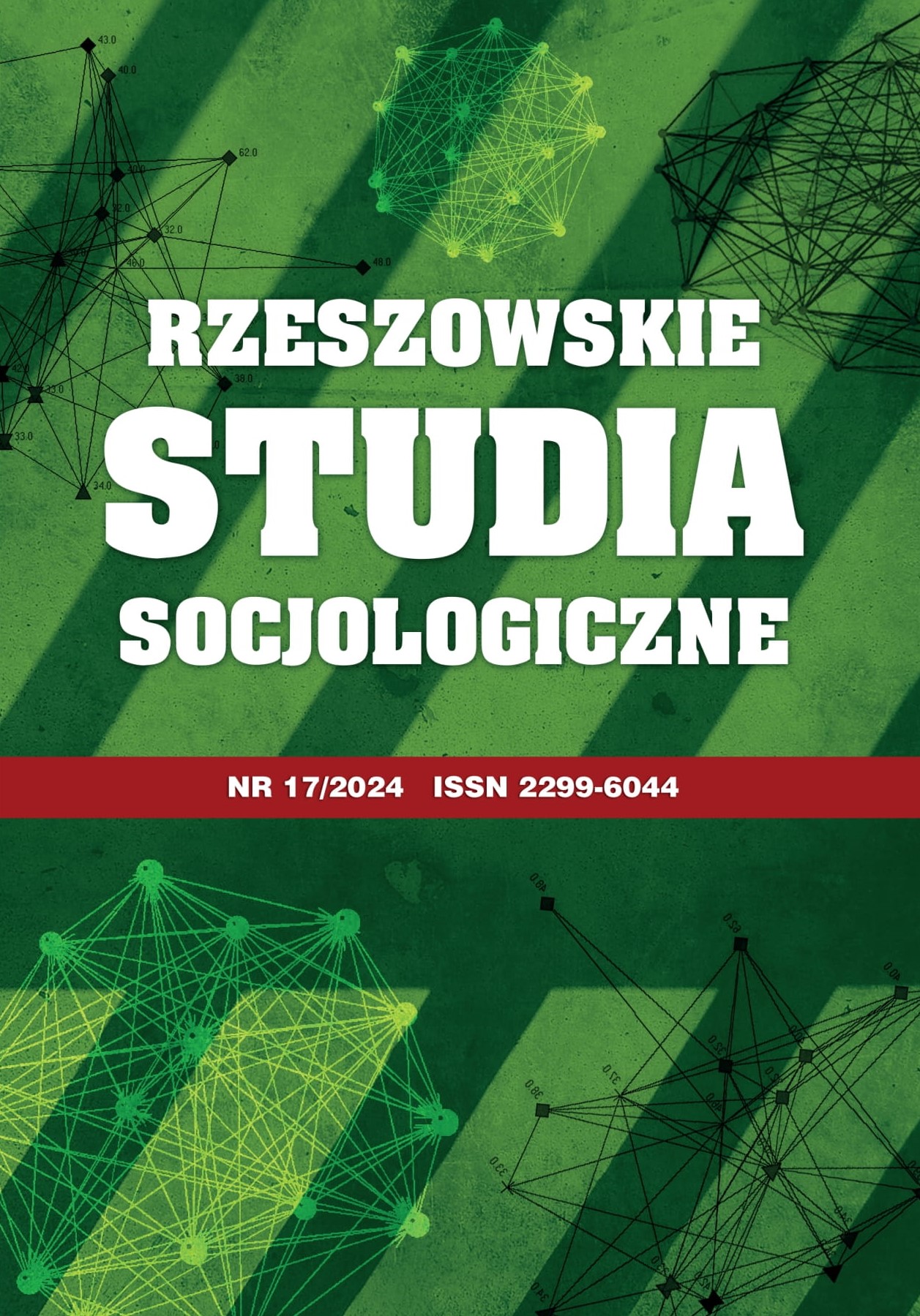

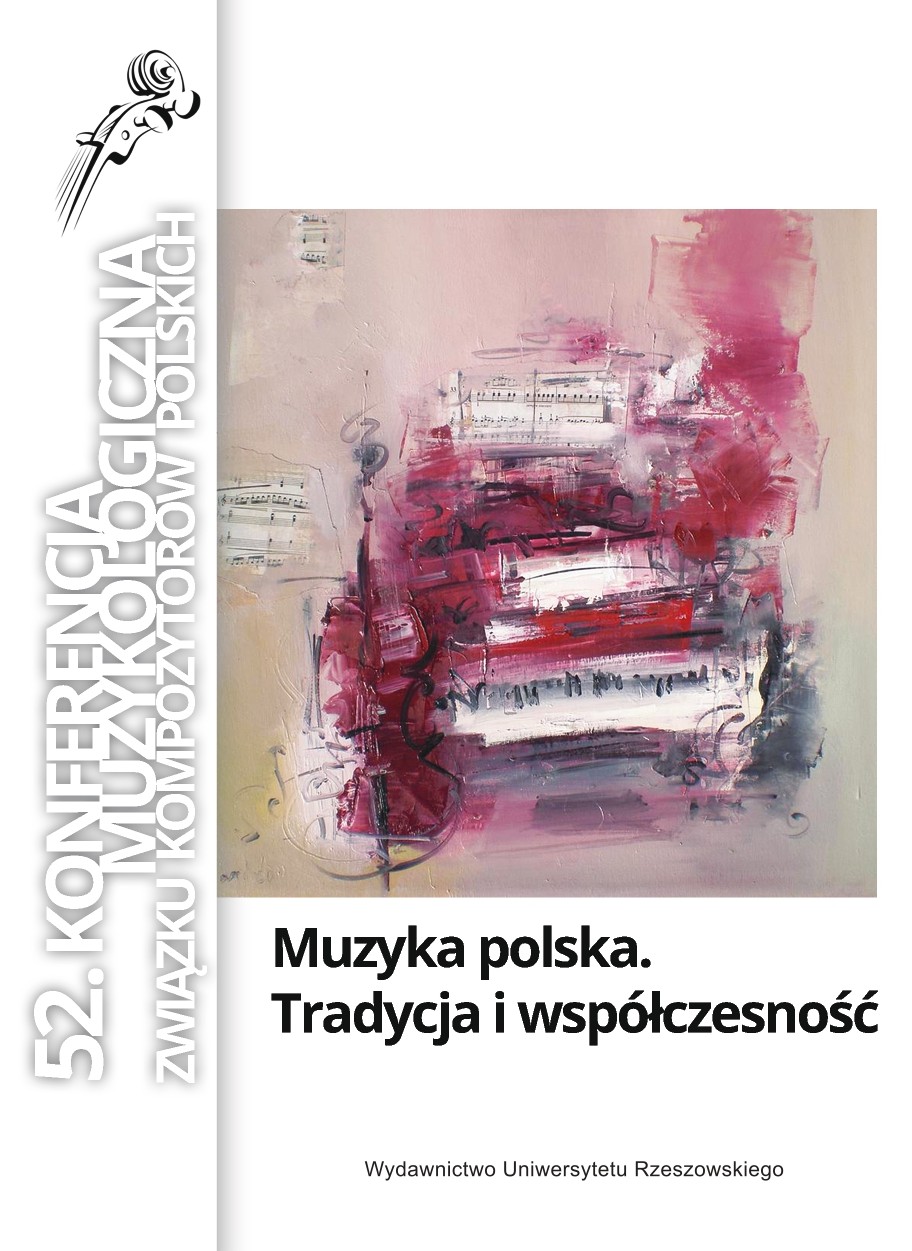

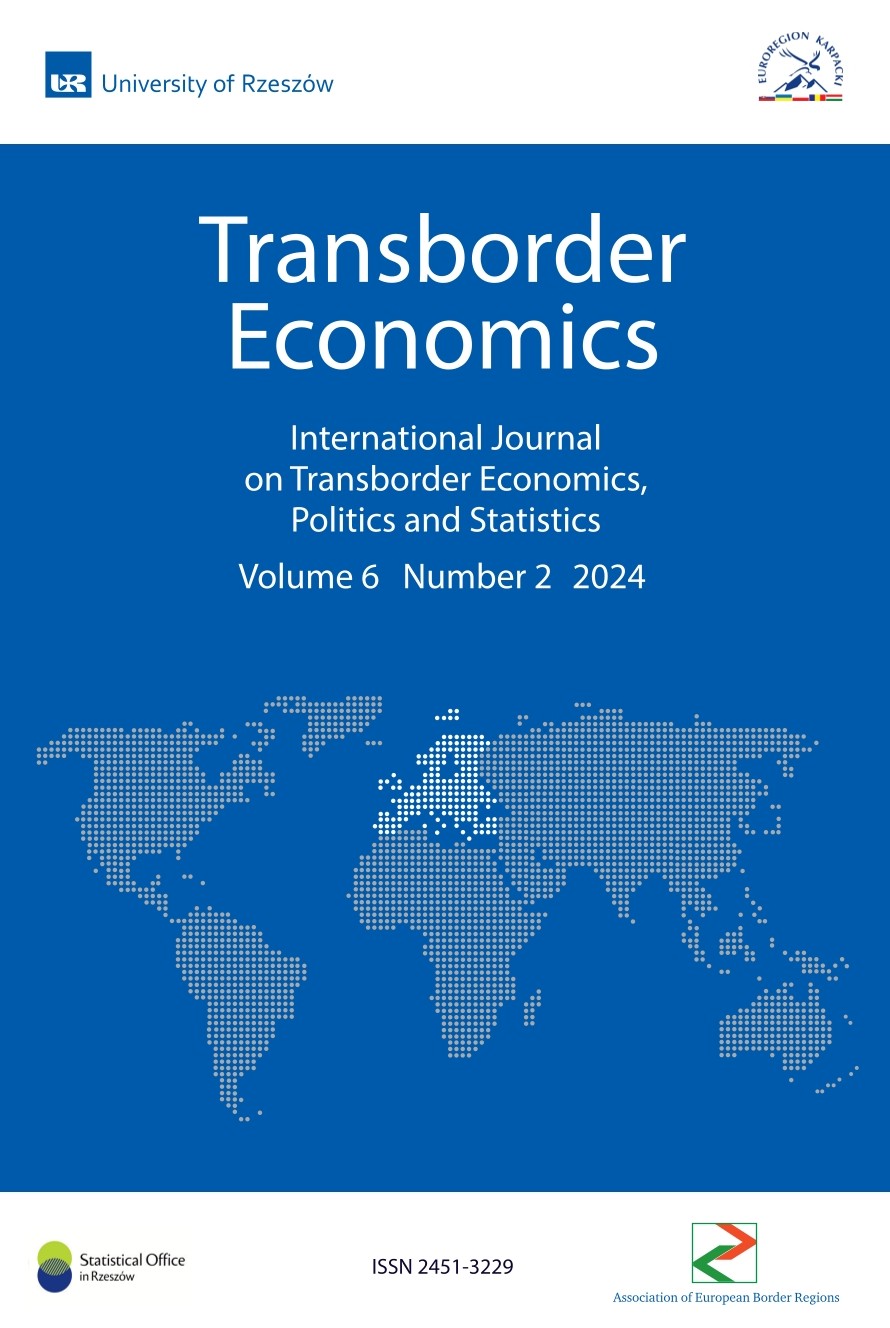

Copyright © 2025
wydawnictwo@ur.edu.pl
tel. 017 872 13 69 (Kolportaż)
tel. 017 872 14 37 (Dyrektor)
faks: 17 872 14 26
e-mail: wydawnictwo@ur.edu.pl
Adres:
ul. prof. St. Pigonia 6, 35-310 Rzeszów